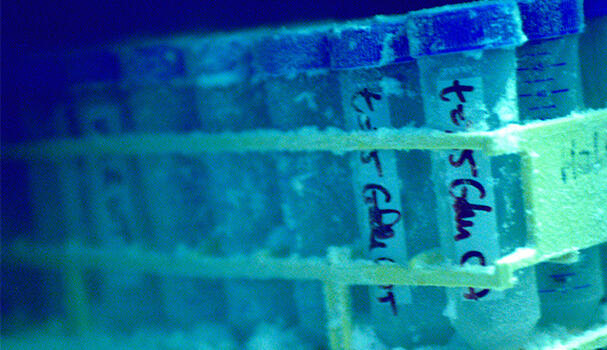Past research into leukaemia

120 years of life-saving discoveries
Our scientists have been at the forefront of cancer research since 1902.
Thanks to you, we’ve come so far. And we will go much further.
Together, we will beat cancer.
Our milestones
Our scientists have made vital contributions to finding new and better ways to treat, diagnose and prevent leukaemia. Below are a few of our most important discoveries.
1970s – Our researchers show that there are different types of childhood leukaemia, boosting understanding of the disease. This leads to the development of more targeted and effective treatments, helping more children survive.
1982 – We carry out pioneering research into the genetic cause of chronic myeloid leukaemia, which underpins the development of imatinib (Glivec) - a drug that has transformed the outlook for people with this disease.
2011 – Our scientists identify a family of molecules that play a central role in driving the growth of a hard-to-treat type of leukaemia, called mixed lineage leukaemia (MLL). Drugs that target these molecules are being tested in clinical trials and could help more people survive leukaemia.
1948 – One of our scientists discovers new chemicals based on mustard gas, leading to the development of three important chemotherapy drugs: chlorambucil, melphalan and busulfan. These drugs are still used today to treat some leukaemias and other blood cancers, and have helped save the lives of countless patients.
1973 – A team of researchers we fund pioneer a new combination of chemotherapy drugs, cytaribine (Ara-C) and daunorubicin, a treatment still used widely today to treat leukaemia.
2010 – We help fund a ground-breaking trial of a drug called mitoxantrone, showing how it could dramatically improve survival in children whose acute lymphoblastic leukaemia (ALL) has returned. This revolutionized the way children with ALL are treated.
1977 – Our early research into bone marrow stem cells led to many important discoveries, including how they replenish our blood cells throughout life and how leukaemia (and other blood cancers) can begin. This research has helped develop better treatments for many types of cancers, boosting survival.
1990 – Our researchers helped revolutionise stem cells transplants, which is a life-saving treatment for some leukaemia patients. By making the collection of stem cells kinder for donors, this vital work helped increase the number of people willing to donate stem cells and is keeping more cancer patients alive.


